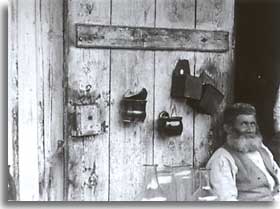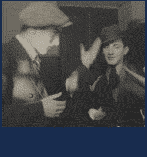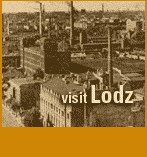

Industry and Labor
As in Lvow and Crakow, many of Lublin's Jews were in the business of exporting Polish goods. They were able to help stimulate the local economy a bit during the 19th century, as vast Russian markets opened up to the western provinces. As industrial production increased, Lublin became a significant center for leather and tanning, profitable industries in which Jews were well-represented at all levels. Jews owned many of Lublin's tanning factories and also made up a great share of the workforce. Interestingly enough, because Lublin had a strong religious community, a large percentage of those leather workers were Hasidim, and it was within their ranks that the city's famous labor movement got its start. After workers struck against poor factory conditions, local labor unions were formed and, eventually, attracted hundreds of members. Soon enough, the entire city was caught up in the international movement to organize workers under the banner of socialism.


So great was the rise of political dissidence and labor unrest at the turn-of-the-20th century that Russian authorities converted the former royal castle, still abutting the now-riled-up Jewish quarter, into a jail for political prisoners. One organization, MOPR (a Russian acronym for the International Society for the Aid of Revolutionaries) worked in Lublin (and elsewhere) in order to aid the many Jewish prisoners arrested for their political views, and assisted both inmates and their families with food, clothes, and legal support.














